How to start your chess journey?
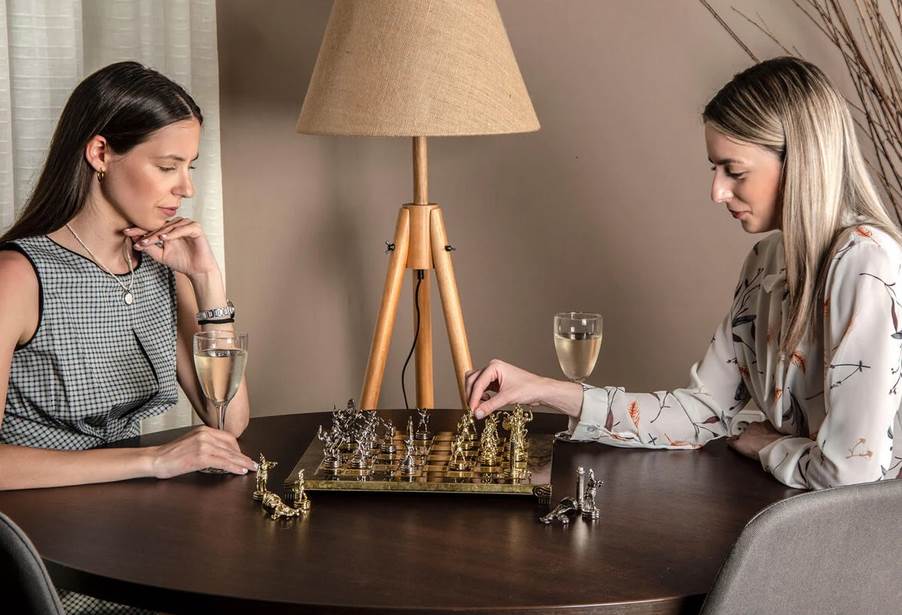
Chess is a unique sport. Moving pieces on the board might seem simple, but the rules and endless possible combinations make each game truly fascinating. Sometimes, matches can last for hours.
How to start your chess journey?
In many small and large cities, there are chess clubs where you can start learning to play chess under the guidance of professional coaches. Groups are often divided by age, but sometimes enthusiasts are grouped according to their skill level. It’s not uncommon for a clever 7-year-old to beat an adult. Chess clubs are a great example of how passion brings people together and inspires them to meet.
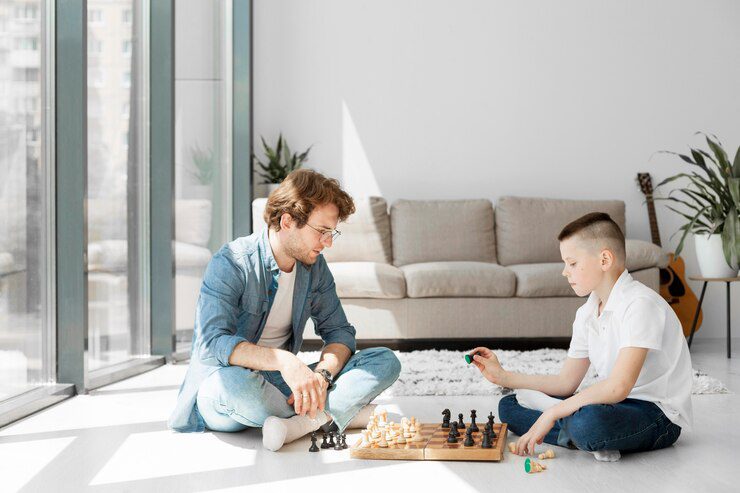
Local chess clubs are places where young and old, children and retirees, the wealthy and the less fortunate, managers and shopkeepers all come together. At the chessboard, everyone is equal, and what matters most is experience and intellect. Chess clubs foster an intriguing mix of people united by their passion for the game.
How to start playing chess – the best way is to connect with the chess community to get to know this group of intellectuals and enthusiasts.
War of Minds – A Brief History of Chess
How better to start playing chess than by delving into its history. Chess is a game modeled after military strategy. Its predecessor was chaturanga, a strategic game designed for commanders. The pieces represented armies, and each type had its own distinctive way of moving across the board. In Persia, the game evolved into a form resembling modern chess.
The history of chess stretches far back into the past, weaving through the centuries as it continually evolves and transforms over time. Throughout the years, chess has changed and migrated across different cultures, moving from India to Persia, and from there to Europe and other parts of the world.
As chess spread, its rules and mechanics also evolved. This led to the creation of the modern version of the royal game as we know it today. A pivotal moment in chess history was the transition from shatranj to chess around the 15th century. The Italian chess master Ruy Lopez de Segura played a key role in promoting and developing the game in Spain and Europe. Over time, chess became synonymous with intellectual development and prestige, and its rules were taught—compulsorily—to heirs to the throne. This was meant to develop their intellect and leadership skills.
Chess as prestige
Chess has become not only a popular pastime but also a symbol of prestige and intelligence. It was played at many royal courts, and numerous rulers—including kings, princes, and emperors—considered it their favorite entertainment. Their fondness for chess contributed to the prestige associated with the game, earning it the title of the “royal game.”

With its rich history, diverse playing styles, and constant intellectual challenge, chess has endured through the ages and remains a popular game to this day. Its impact on culture, art, and society is profoundly significant, making chess one of the most iconic and treasured elements of human heritage.
Chess brings people together
Today, a passion for chess brings people together all over the world. Platforms like Lichess and Chess.com connect players from across the globe. However, the most satisfying experience is still a face-to-face match, when two people sit opposite each other and play the “royal game” in person. That’s why chessboards remain so popular. How to start your chess journey? One of the first steps should definitely be purchasing a chessboard.

Chess, one of the oldest strategy games, has captivated players for centuries with its depth and complexity. But beyond the game itself, the world of chess also offers a wealth of diverse boards and pieces, adding another dimension to this passion. Which sets are currently in vogue? And which ones have a timeless, universal appeal?
Classic chess: traditional pieces on a wooden chessboard
- Classic wooden chess sets: Chess sets made of wood are a timeless choice for many players. Wooden chessboards offer elegance and a traditional look that highlights the rich history of the game.
- Staunton design: The most popular chess piece pattern, designed by Nathaniel Cook in 1849, remains the standard model for most chessboards worldwide.
Modern Chess: Innovative Materials and Styles
- Magnetic chess: Perfect for travelers, magnetic chess sets let you play even in challenging conditions, keeping the pieces in place thanks to magnets.
- Metal chess sets: Chess pieces made from metals such as brass or aluminum offer a solid feel and elegance that truly stand out on the game table.
- Glass figurines or those made of epoxy resin
Artistic chess: pieces inspired by history and art
- Themed chess sets: Chess sets with historical themes, such as those inspired by wars or historical eras, attract players interested in history.
- Carved figures: Handcrafted chess pieces are true works of art that bring prestige and elegance to the game. Sometimes they are cast from resin and hand-painted, which adds an exclusive touch to the pieces.
New shapes and concepts: triple chess and unconventional chess
- Triple chess: An innovative way to play, triple chess features three levels of the board, adding new challenges and strategic possibilities. There are also boards designed for four players.
- Spherical chess: A chessboard in a spherical form, where pieces move through three-dimensional space, offering a completely new gaming experience.
A home filled with chess – where to place the chessboard?
A chessboard is not just a game board, but also a decorative element that can add prestige and elegance to your home interior. Chess sets can be truly stunning. Beautiful wooden knights or rooks, and imaginative pawns are a delight to the eye. Modern metal chess sets arranged on the board look unique, giving the space a modernist flair.

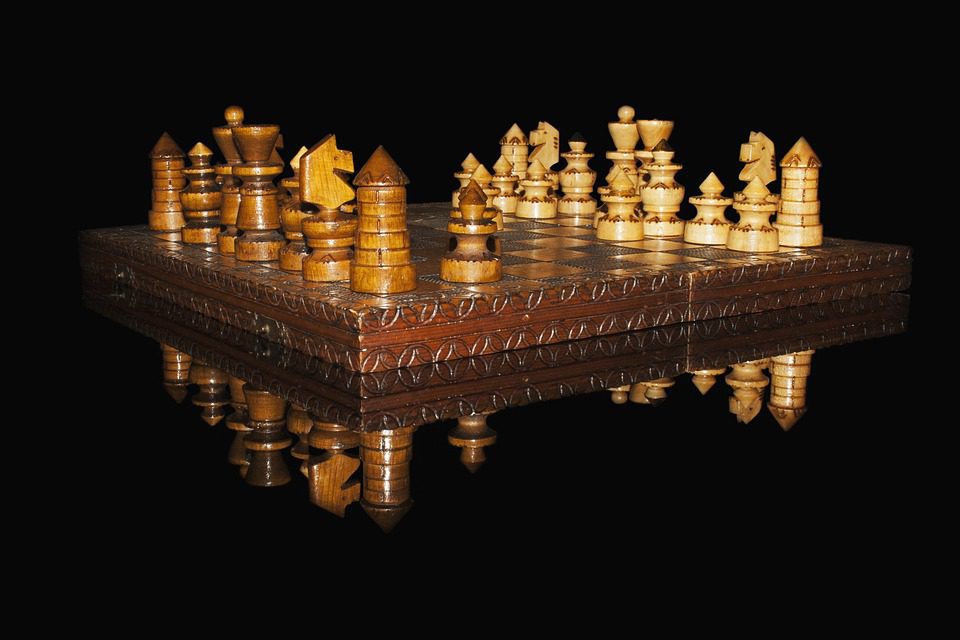
Choosing the right place to set up a chessboard depends on many factors, such as personal preferences, interior design style, and the functionality of the rooms. However, it’s worth noting that if the whole family is fascinated by the royal game, it’s a good idea to invest in several chessboards and place them in different spots around the house.
Living room
The living room is often the central gathering place in the home, making it an ideal spot to create an elegant chess area. A large, luxurious wooden chessboard can become a unique feature of the living room décor, adding a touch of classic charm and prestige. It’s also worth considering a smaller chessboard for children, so the whole family can enjoy playing together. Chess pieces set up and ready for play look impressive in the relaxation area and invite everyone to join in. Classic designs blend perfectly with stylish furniture.
Office
The study is the perfect space for those who value moments of peace and focus. A chessboard in the study, especially for fans of intellectual entertainment, can be a brilliant accent that highlights the room’s intellectual character. An elegant wooden chessboard serves both as a stylish accessory and an inviting element for a quick game during breaks. Chess stimulates the mind and encourages creative thinking, often in unconventional ways. That’s why having a chess set in your workspace can significantly boost productivity.
Children’s room
In a children’s room, you can place a smaller, colorful chessboard that will encourage kids to learn how to play chess. Chess not only develops logical thinking and strategic skills, but also fosters patience and concentration. Additionally, a chessboard can serve as an interesting decorative element that matches the color scheme and style of the child’s room. For sets dedicated to children, it’s worth choosing budget-friendly options and, importantly, having spare sets of pieces on hand.
Dining room
A chessboard can serve as an unusual decoration in the dining room, adding elegance and a unique character. During family gatherings or parties, chess can be not only a form of entertainment but also a topic of conversation and a way to bring people together.
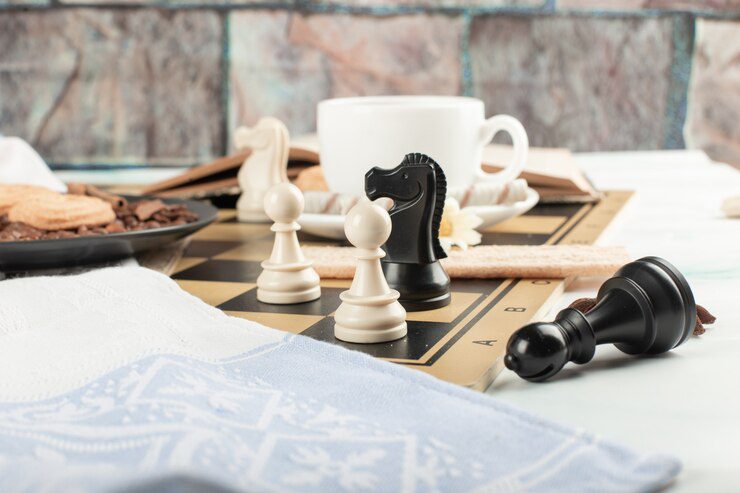
Since chess is often played by entire families, with the passion passed down from parents to children, placing a chessboard in an unconventional space like the dining room can be a great idea. So, chess on the table. Casual games over morning coffee can bring a lot of joy and offer an interesting way to start the day.
Library or relaxation room
In rooms designed for relaxation and unwinding, such as a library or a relaxation lounge, a chessboard can serve as an enjoyable pastime. The quiet atmosphere of these spaces encourages concentration and focus, making them ideal for playing chess. In such rooms, it’s a good idea to create a dedicated area for the royal game.
How else to begin your chess adventure than by bringing the royal game into your daily life? A chessboard can serve as both a stylish decorative piece and a functional accessory in various rooms of your home. No matter where you place it, it adds an air of elegance, prestige, and intellectual flair to the space. Exclusive, wooden chess sets can be more than just an invitation to play—they can also infuse your interior with unique charm and personality.

The world of chess is more than just a game—it’s a captivating pursuit that blends tradition, innovation, history, and art. The diversity of chessboards and pieces gives players the chance to express themselves and explore different facets of this beautiful passion. Whether you play on a classic wooden board or experiment with new shapes and concepts, the world of chess is filled with endless possibilities and inspiration.


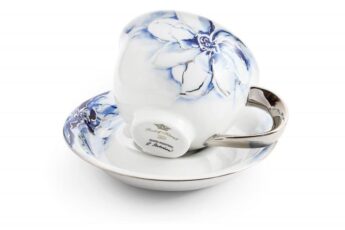





Leave a Comment